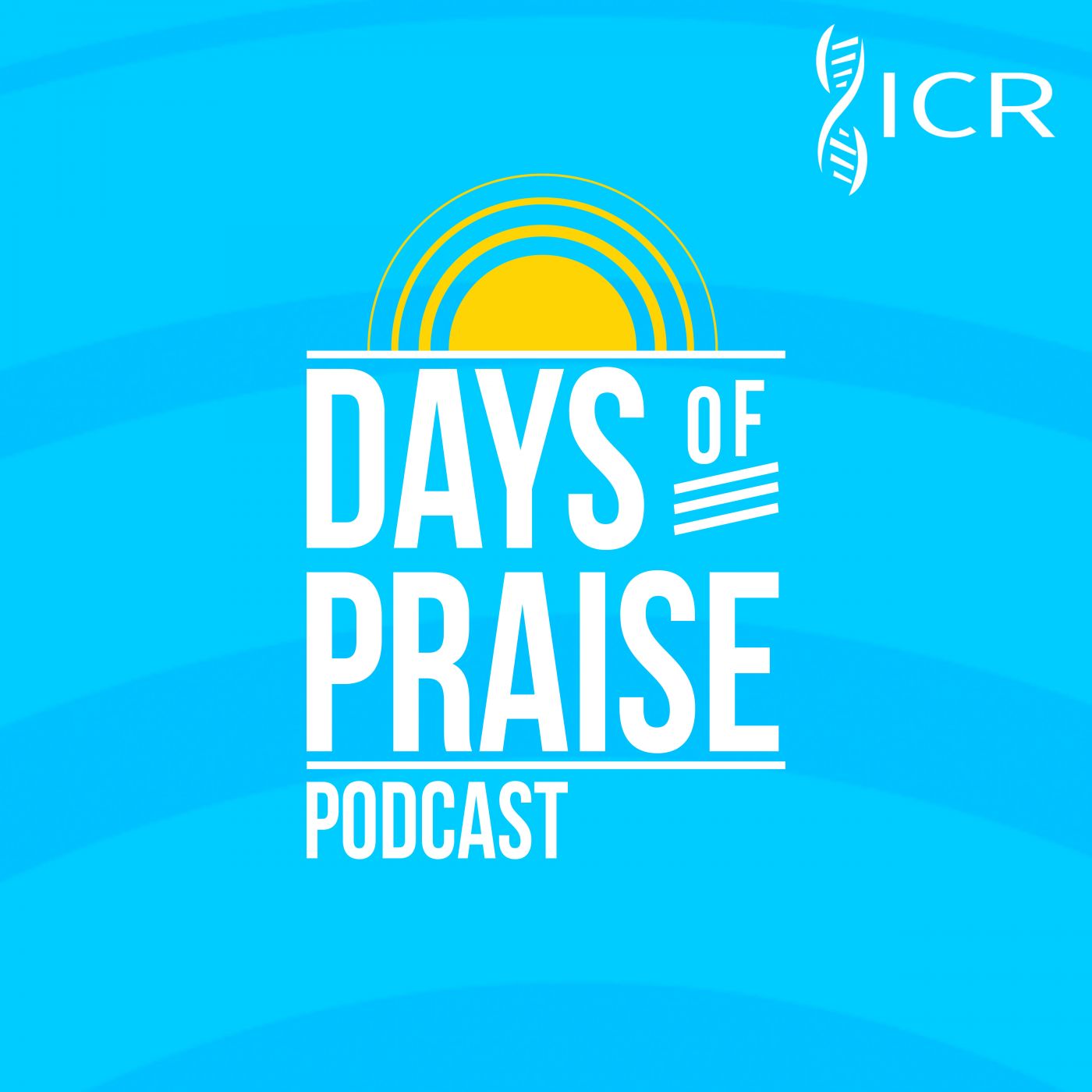“And Jesus said unto them, I am the bread of life: he that cometh to me shall never hunger.” (John 6:35)
This verse is the first of seven “I am” statements of Jesus in John’s gospel that vividly describe His character and nature to His followers. It was announced to the people shortly after the miraculous feeding of the 5,000 with only two small fishes and five barley loaves. As the well-fed crowd followed Jesus, He rebuked them, saying, “Ye seek me, not because ye saw the miracles, but because ye did eat of the loaves, and were filled” (John 6:26). He further exhorted them to “labour not for the meat which perisheth, but for that meat which endureth unto everlasting life, which the Son of man shall give unto you” (v. 27).
But how do we feed our souls using the analogy of bread nourishing our physical bodies? We don’t have long to wait in this narrative because Jesus soon proclaims, “It is the spirit that quickeneth; the flesh profiteth nothing: the words that I speak unto you, they are spirit, and they are life” (v. 63).
When Christ was tempted by the devil to satisfy His bodily hunger after 40 days of fasting, He proclaimed, “It is written, Man shall not live by bread alone, but by every word that proceedeth out of the mouth of God” (Matthew 4:4). The Lord also proclaimed, “Wherefore do ye spend money for that which is not bread? and your labour for that which satisfieth not? hearken diligently unto me, and eat ye that which is good, and let your soul delight itself in fatness” (Isaiah 55:2).
Let us purpose in our hearts to prayerfully and daily feed upon God’s sustaining and powerful Word. JPT
 Days of Praise Podcast is a podcast based on the Institute for Creation Research quarterly print devotional, Days of Praise. Start your day with devotional readings written by Dr. Henry Morris, Dr. Henry Morris III, Dr. John Morris, and others to strengthen and encourage you in your Christian faith.
Days of Praise Podcast is a podcast based on the Institute for Creation Research quarterly print devotional, Days of Praise. Start your day with devotional readings written by Dr. Henry Morris, Dr. Henry Morris III, Dr. John Morris, and others to strengthen and encourage you in your Christian faith.

























